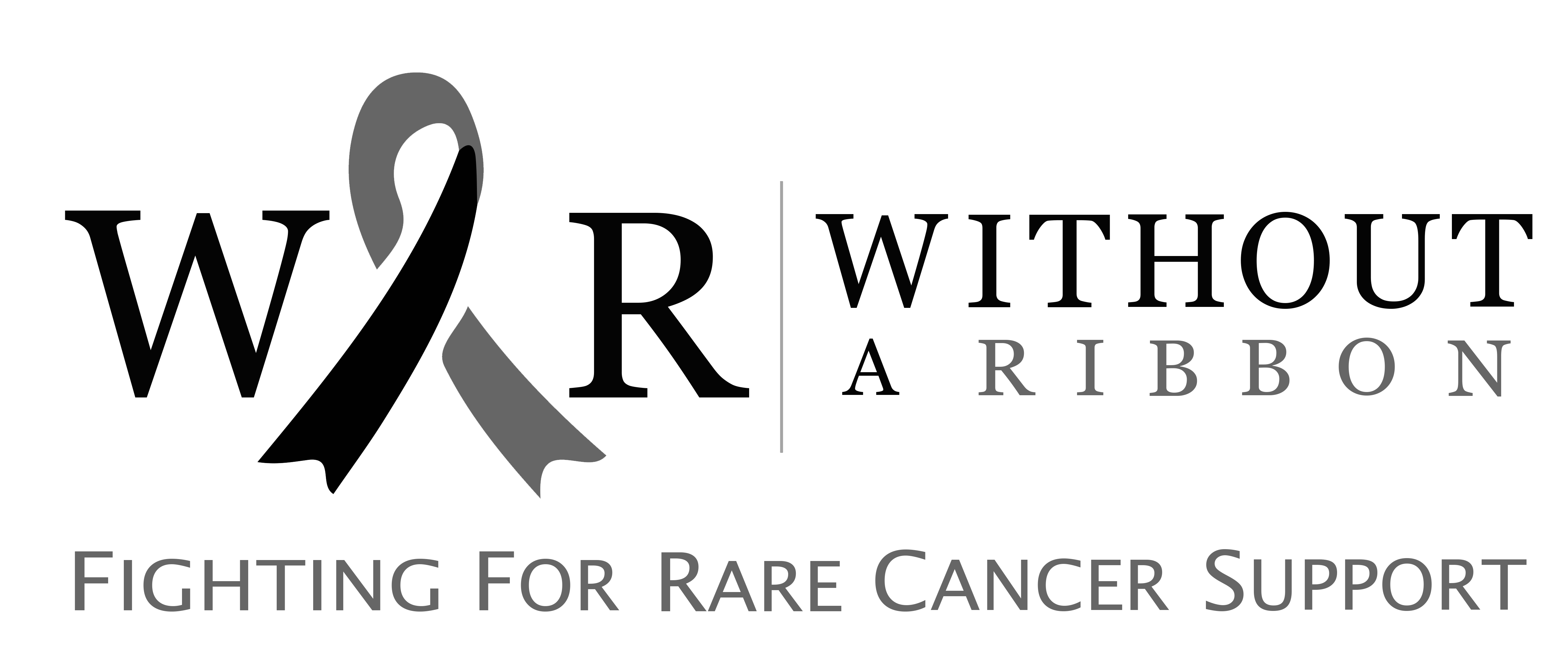What is Hepatosplenic T-cell Lymphoma?
Hepatosplenic T-cell Lymphoma, also called HSTCL, is a very rare and aggressive type of blood cancer. It usually affects teenagers and young adults, most often in males. This cancer starts in a type of white blood cell called a T-cell, which plays an important role in the immune system. The γδ T-cell variant refers to a special kind of T-cell involved in this disease. Normally, these cells are very few in number, but in this condition, they multiply uncontrollably and begin to damage the body, especially the liver, spleen, and bone marrow.
HSTCL is not like other cancers that form lumps or tumours. Instead, it spreads throughout the body quietly, especially in organs that help produce and filter blood. Because it spreads in this hidden way, the disease is often diagnosed late, when it has already become more serious.
Symptoms
Most people with this disease feel very tired and weak. One of the earliest signs is a swollen or bloated belly caused by an enlarged liver or spleen. Other symptoms may include fever, night sweats, loss of appetite, and weight loss. Because the bone marrow is affected, people often have low blood counts. This leads to anemia, frequent infections, and easy bruising or bleeding. These signs can make the patient feel sick all the time.
Diagnosis
To find out if someone has HSTCL, doctors usually start with blood tests. They may also do scans like ultrasound or CT to see the size of the liver and spleen. A bone marrow biopsy is often needed. This means taking a small sample from the bone to look for cancer cells. Special laboratory tests are done to confirm that the cancer is of the γδ T-cell type.
Treatment
This disease spreads quickly and is difficult to treat. Most patients start with strong chemotherapy, but the cancer often comes back. A stem cell or bone marrow transplant gives the best chance of survival. Doctors may also use supportive treatments, such as blood transfusions, to help with symptoms.
Prognosis
The outlook for this cancer is generally poor because it grows and spreads so fast. However, some patients who are diagnosed early and receive a transplant may survive for a longer time. Doctors and researchers are still studying this disease to find better ways to treat it in the future. Regular checkups and close follow-up are very important to manage the condition properly.
You can help us with your donation:
Without a Ribbon is a charity that works hard to aid those who suffer from rare cancers. You can help our cause in a variety of ways:

